Lessons
Our series are curated collections of lessons that walk through a specific topic from beginning to end. Series are a great way to learn a topic in a structured way.
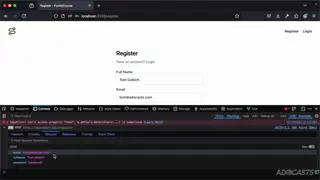



Form Validation & Displaying Errors
In this lesson, we'll add validation to our POST handler for our register route. We'll then update our form fields to check for and display any validation errors that may have occurred.

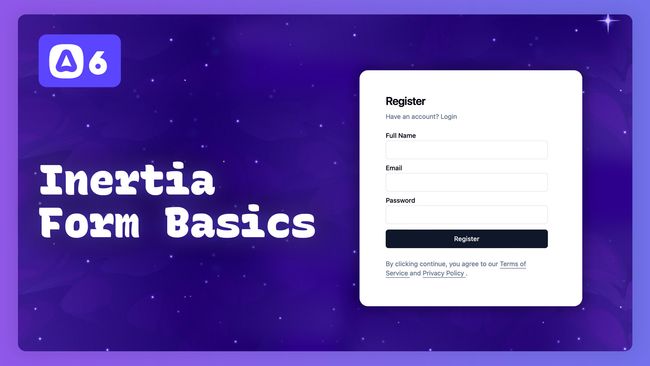

Inertia Form Basics
In this lesson, we'll introduce the basics of working with form in Inertia. We'll set up our register form with its fields, get our form state set up, and send off a post request to one of our AdonisJS routes.

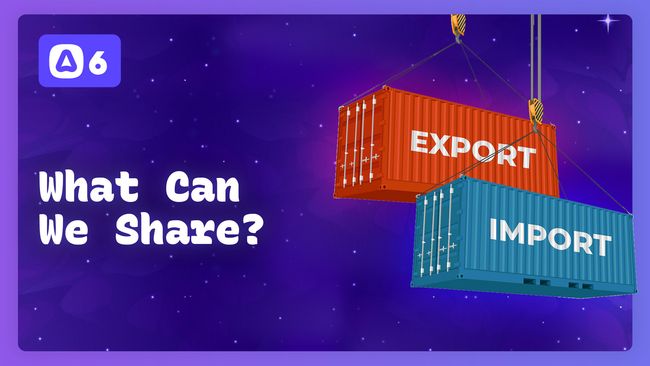

What Code Can & Can't Be Shared Between AdonisJS & Inertia
In this lesson, we'll discuss what code we can and cannot share between AdonisJS and Inertia.

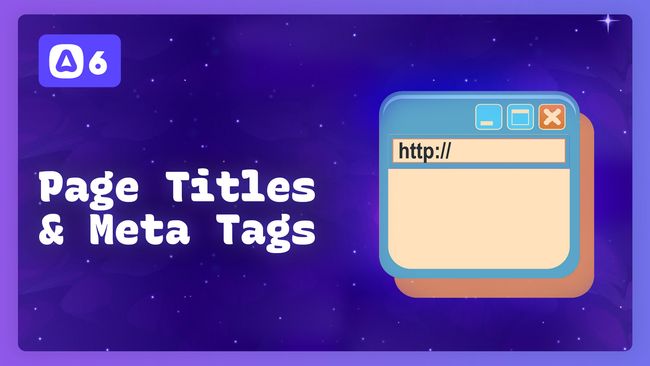

Specifying Page Titles & Meta Tags
In this lesson, we'll learn how we can append information into the head of our document with Inertia on a per-page basis. We'll then create our own head component, wrapping Inertia's, to allow easier global changes.



Default Layouts & Overwriting the Default Layout
In this lesson, we'll inspect how Inertia injects our layout component and the data passed to it. We'll also learn how we can overwrite our default layout from our page components.

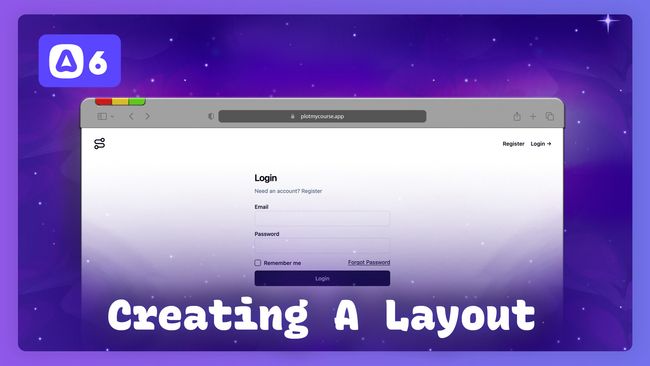

Creating A Layout
In this lesson, we'll learn how to create a layout component and apply it to all our pages, the Inertia way.

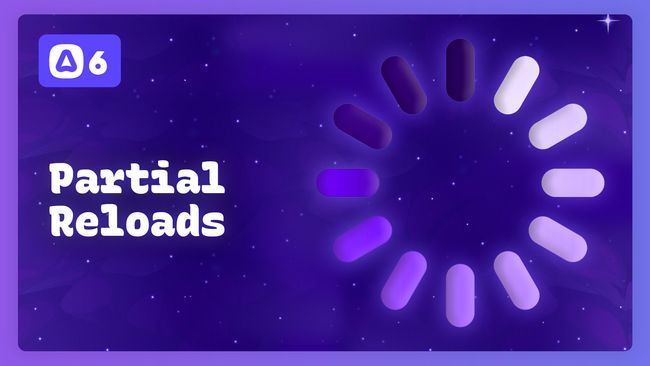

Partial and Lazy Data Loading and Evaluation
In this lesson, we'll learn about Inertia's partial reload functionality that allows us to refresh only specifically specified prop items for our page. We'll also examine lazy properties and how our props are evaluated with partial reloads.



Global Components and Hydration Mismatch in Action
In this lesson, we'll learn how to register components globally inside our Vue application. We'll also learn what to watch out for and examine a hydration mismatch in action.



The Link Component and Programmatic Linking
In this lesson, we'll explore Inertia's Link component and its props. We'll then examine how to link between pages programmatically using Inertia's router.

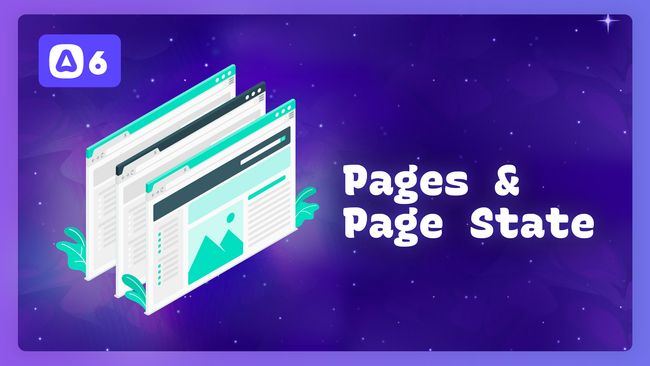

Linking Between Pages & Page State Flow
In this lesson, we'll learn how to link from page to page the InertiaJS way. We'll then inspect how InertiaJS gets and updates our page's stateful information via our page props.

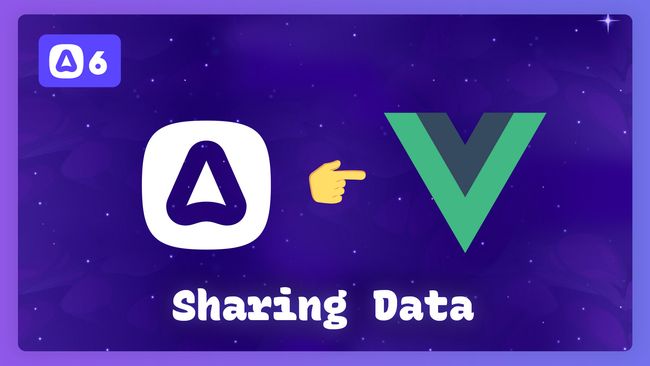

Sharing Data from AdonisJS to Vue via Inertia
In this lesson, we'll learn how to pass data from AdonisJS to Vue using Inertia as the broker. We'll discuss passing data from our controllers, from middleware, and globally via the Inertia shared data configuration.

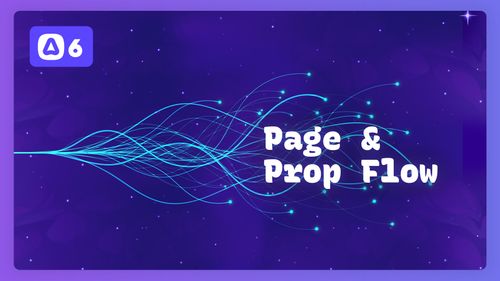

The Flow of Pages and Page Props
In this lesson, we'll talk about the flow InertiaJS follows when rendering pages, from AdonisJS to our Vue application. Then, we'll talk about passing props to our Vue page components.



Setting Up TailwindCSS, Shadcn-Vue, and Automatic Component Imports
In this lesson, we'll install and configure Shadcn-Vue and TailwindCSS. We'll then set up automatic imports for all of our local Vue components.

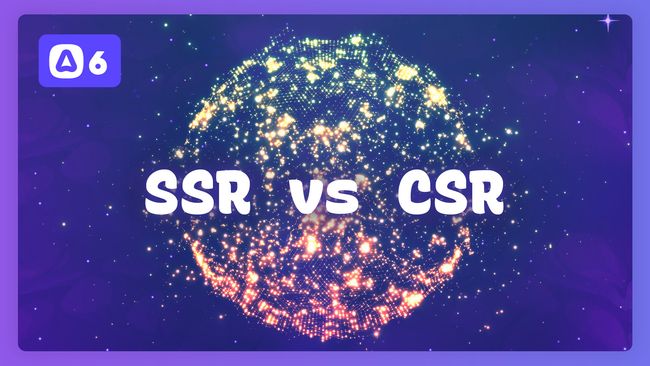

Server-Side Rendering (SSR) vs Client-Side Rendering (CSR)
In this lesson, we'll discuss the differences between InertiaJS in a server-side rendered (SSR) and a client-side rendered (CSR) application. We'll then compare when you would want to choose one over the other and the pros and cons of both.



Creating Our AdonisJS App With InertiaJS
In this lesson, we'll create a new AdonisJS 6 application with the InertiaJS Starter Kit. We'll then walk through the Inertia-specific aspects of our project structure and briefly discuss the configuration steps taken when adding Inertia.

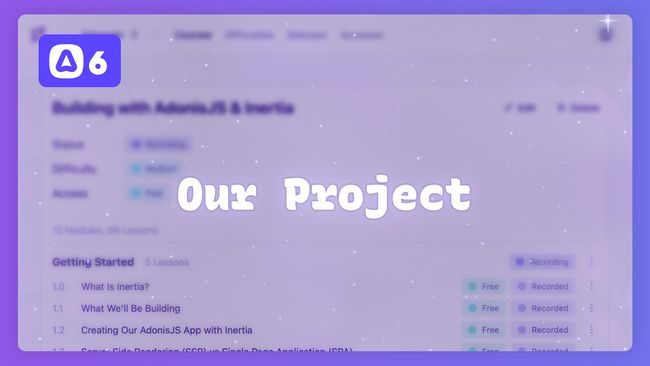

What We'll Be Building
At the end of this series, we'll have a feature-complete application with organizations, teams, drag-and-drop ordering, password reset, and more! So, let's take a second to see our end goal and walk through the app.

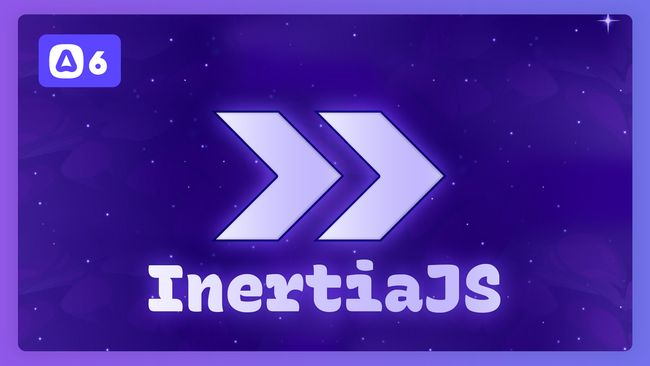

What Is InertiaJS?
In this lesson, we'll introduce InertiaJS. We'll discuss what it is, what it helps with, its adapters, and more.


AdonisJS In 30 #8.0
How To Make A Simple AdonisJS 6 Package
In this lesson, we'll learn how to use AdonisJS' Package Starter Kit to create a simple package where we can configure and add a make:action Ace CLI command to generate action class files, similar to the make:service command.
Showing 145 to 162 of 431 results